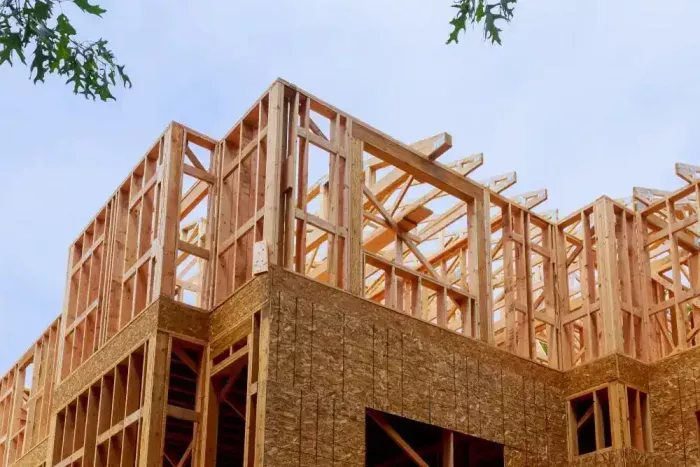If you become an architect, then you will doubtless learn about many kinds of building materials. You can then decide what materials you want for each building you design. You might enjoy having this specialized knowledge.
However, even if you don’t work in construction or ever become an architect, it’s nice to know about building materials and their positives and negatives. That’s certainly true for both wood and steel.
Wood and steel both have their strengths and drawbacks, making it important to understand which material is best suited for different needs. In this article, we will explore their advantages and disadvantages to help you make an informed decision. For a more in-depth comparison, this guide from Alan’s Factory Outlet offers valuable insights into the durability, cost, and practicality of metal versus wood buildings.
Pros of Wood as a Building Material

Let’s start by talking about some pros of wood as a building material. For one thing, it’s both lightweight and renewable. You can transport it to a building site easier than you could move heavier construction materials.
Some people like the aesthetic appeal of a wooden building. It looks old-fashioned, but not in a bad way. If you erect a building out of wood, it might look delightful in the right setting. For instance, a cabin built out of wood would look right at home at a summer camp or day camp.
Wood also provides better-than-average thermal insulation. That means a building you erect with wood won’t have very high heating bills.
You can also usually build pretty quickly with wood, assuming you have the right crew to handle the job. You might have a wooden building up and functional in just a couple of days if you have the right workers, tools, and weather conditions.
Cons of Wood as a Building Material
You must keep some negatives in mind with wood as well, though. On the whole, wood burns more easily than steel and several other possible building materials.
That’s perhaps it’s greatest drawback. You can always have smoke detectors around and keep fire extinguishers in a wooden building. Still, if a fire breaks out, the whole building can go up in flames in a matter of mere moments in some cases.
Wood has moisture susceptibility. Even if you pressure treat or stain it, moisture can seep in and ruin the material. Also, pests like wood much more than steel. You can have issues with termites, mice, rats, and many others if you select wood as a building material.
Pros of Steel as a Building Material
If you go with steel instead, you may like it because it’s fire-resistant. It’s much harder for a steel building to catch on fire or burn to the ground like a wooden one can.
Steel also has impressive durability. It can stand up to most major weather events. It’s also cost-effective. It’s nowhere near as expensive as some other comparable materials.
If you build a building out of steel, it will probably last for decades with no issues. A wooden building would almost certainly require repairs during that time.
A steel building will also work fine within many designs that an architect might devise. You can bend and shape it in many ways if you’re creative.
Steel buildings also provide protection if there’s a lightning strike. Anyone sheltering within will do much better than they might if a lightning bolt struck a wooden building with them inside.
Cons of Steel as a Building Material
Steel does have some cons as a building material as well. For one thing, some people think it looks cold and sterile. They may feel that the industrial look doesn’t welcome people. That’s a matter of personal opinion, though.
You may also notice that if you use steel for your roof or you have steel panels on a building’s exterior, then it can sustain dents. You also have an inability to easily expand steel buildings on many occasions. If you have a wooden building instead, you can build new additions much more easily.
To prevent rusting, you must also take precautions if you have a building with primarily steel composition. You may have to paint it periodically to protect the steel. Only certain kinds of paints will work for this purpose, though. Metal also rusts and corrodes. That’s why some architects avoid using steel in certain environments.
Whether you will choose to use steel or wood for a building, you need to know about both of their positives and negatives and weigh them very carefully before you proceed. Consulting with an expert should help as well.
Post Comment
Be the first to post comment!
Related Articles




